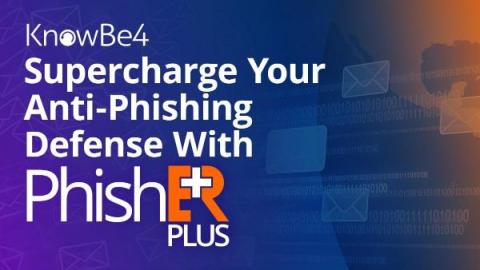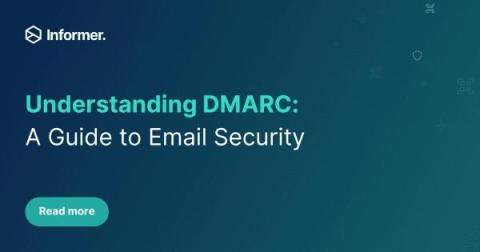[New Product] Supercharge Your Anti-Phishing Defense with KnowBe4's PhishER Plus!
Staying one step ahead of cybercriminals is absolutely vital in today’s threat landscape. That's why we're thrilled to introduce PhishER Plus, a revolutionary product from KnowBe4 that takes your anti-phishing defense to a whole new level. Phishing attacks remain the top cyberthreat out there. It's tough to keep up with the ever-evolving techniques of bad actors.






